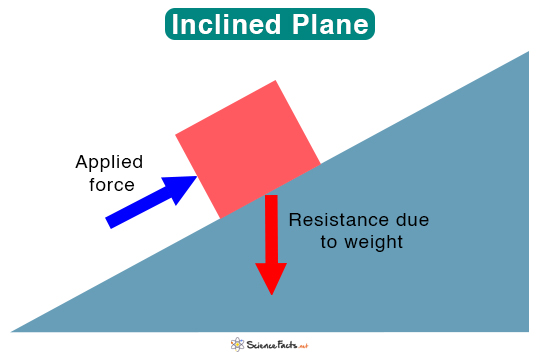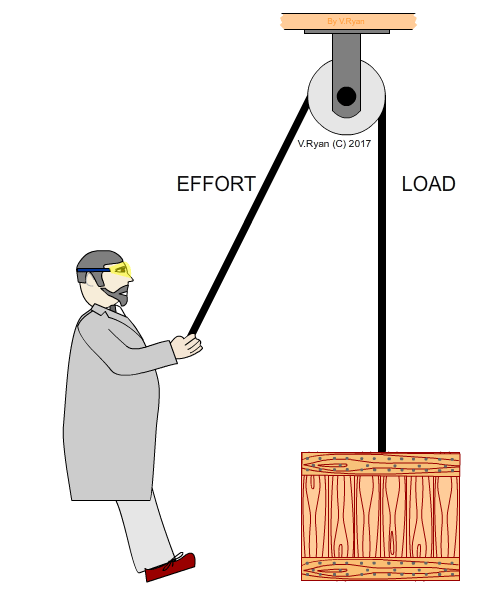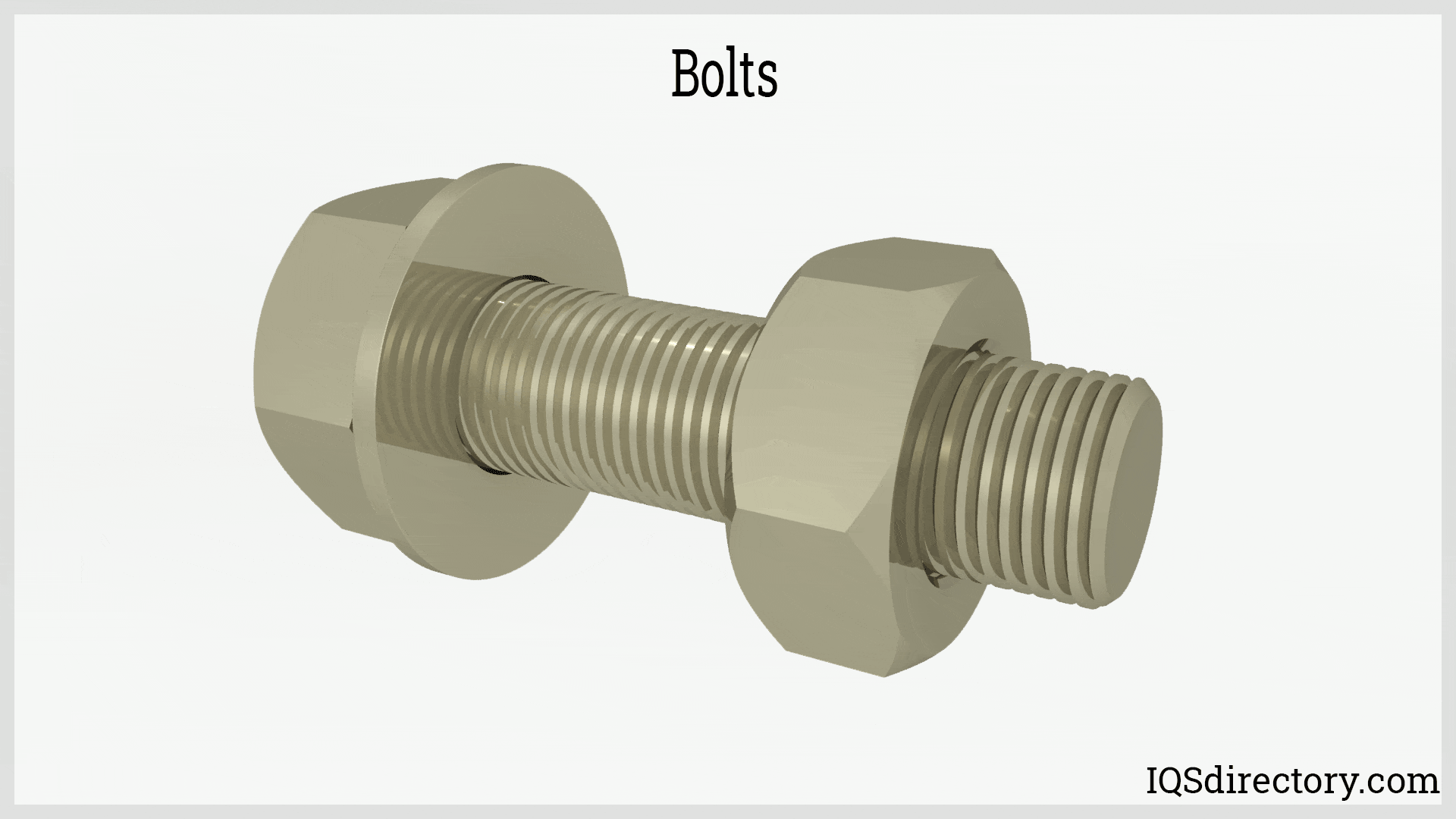[Q3] SIMPLE MACHINES V2
SIMPLE MACHINES
Title: Exploring the Marvels of Simple Machines: Making Work Easier!
by Pj Miana
Introduction:
In the world of science, there are extraordinary tools that help us accomplish tasks with ease. These tools are called simple machines, and they are the unsung heroes behind many of the everyday actions we take for granted. From opening a door to riding a bike, simple machines play a crucial role in our lives. Let's embark on a fascinating journey to unravel the mysteries of these incredible devices!
What are Simple Machines?
Simple machines are fundamental mechanical devices that make work easier by either changing the direction or magnitude of a force. They are the building blocks of more complex machinery and are classified into six main types: the lever, inclined plane, wheel and axle, pulley, wedge, and screw. Each type operates on a basic principle and can be found in various forms across the world.
The lever is one of the most common and versatile simple machines. It consists of a rigid bar (the lever arm) that rotates around a fixed point called the fulcrum. Levers can be found in everyday objects such as seesaws, scissors, and crowbars. They work by amplifying the force applied to them, making it easier to lift heavy objects or move loads.
2. The Inclined Plane:
3. The Wheel and Axle:
4. The Pulley:
A pulley is a simple machine consisting of a grooved wheel with a rope or belt wrapped around it. Pulleys are used to lift heavy objects vertically by applying force in a downward direction. They are commonly found in systems such as elevators, cranes, and flagpoles. Pulleys make work easier by distributing the load over multiple ropes, reducing the amount of force needed to lift objects.
5. The Wedge:
A wedge is a simple machine with a triangular shape that is used to split, lift, or hold objects in place. Examples of wedges include knives, axes, and doorstops. Wedges work by concentrating force over a smaller area, allowing them to exert greater pressure and perform tasks that would be difficult with other tools.
6. The Screw:
The screw is a simple machine that converts rotational motion into linear motion. It consists of a spiral thread wrapped around a cylindrical shaft. Screws are used in a wide range of applications, from fastening objects together to lifting heavy loads. By increasing the distance over which force is applied, screws make it easier to drive them into surfaces or hold objects securely in place.
Activity 2: Research on the "Classes of Levers". write also their definitions and examples (drawing).
Conclusion:














Comments
Post a Comment